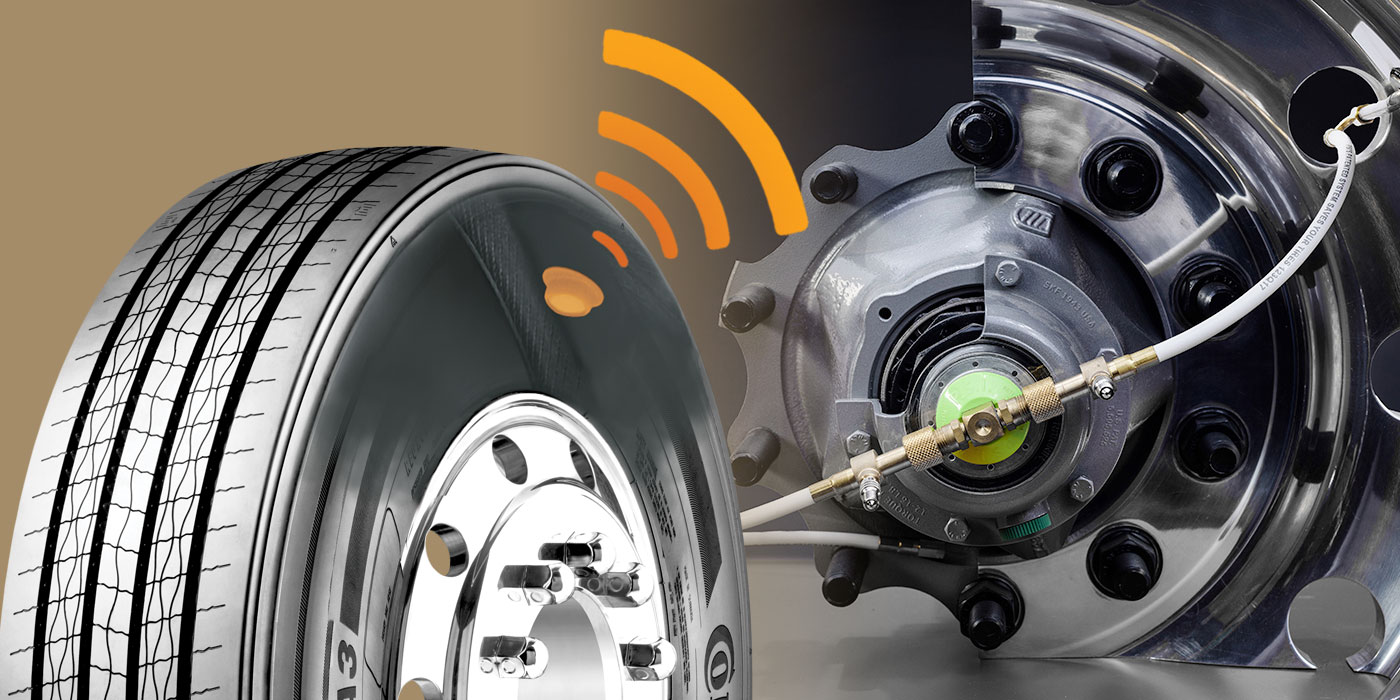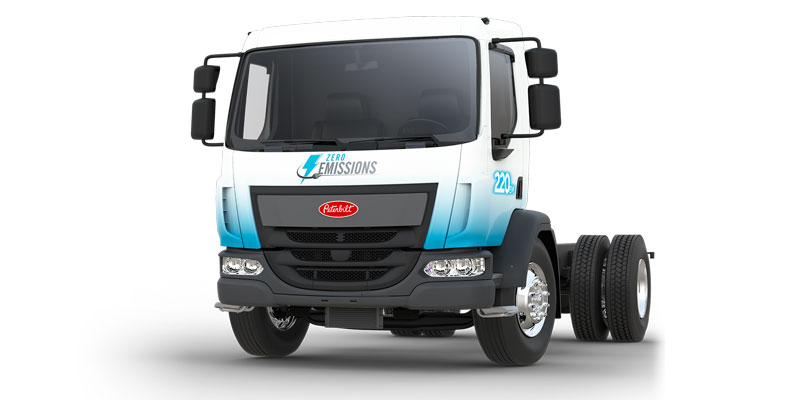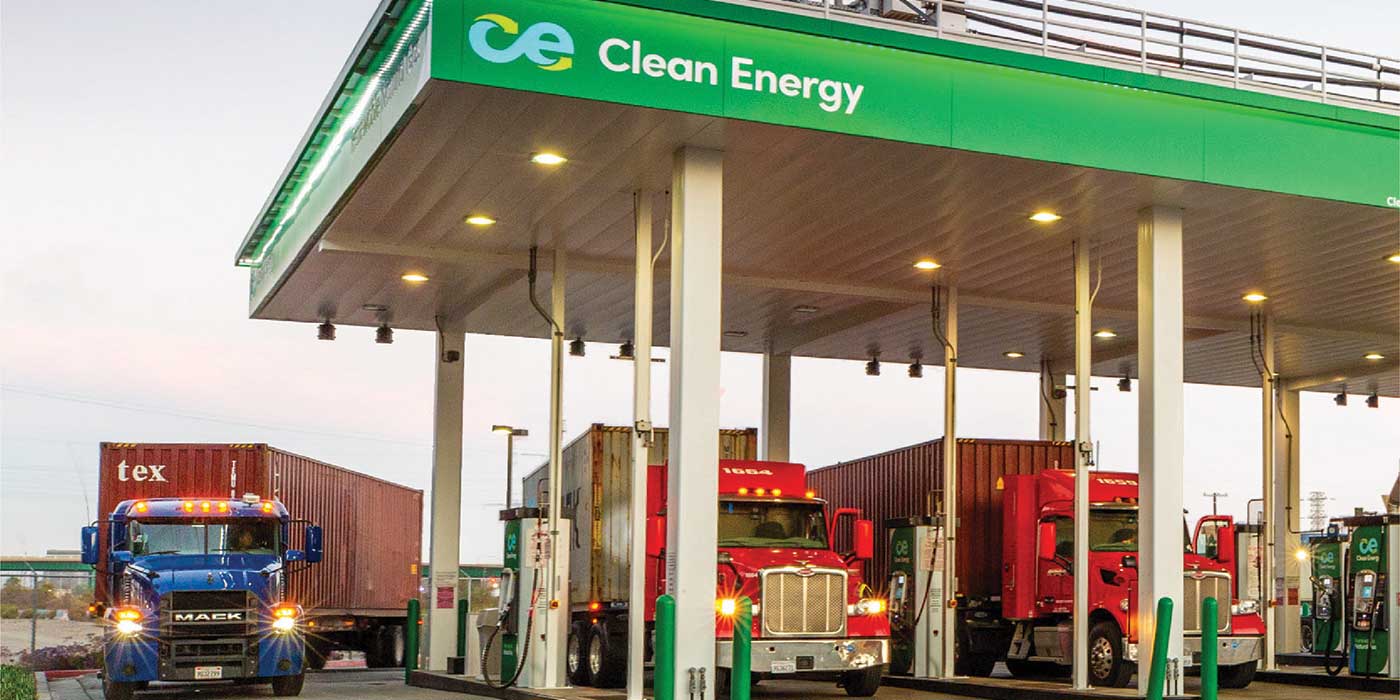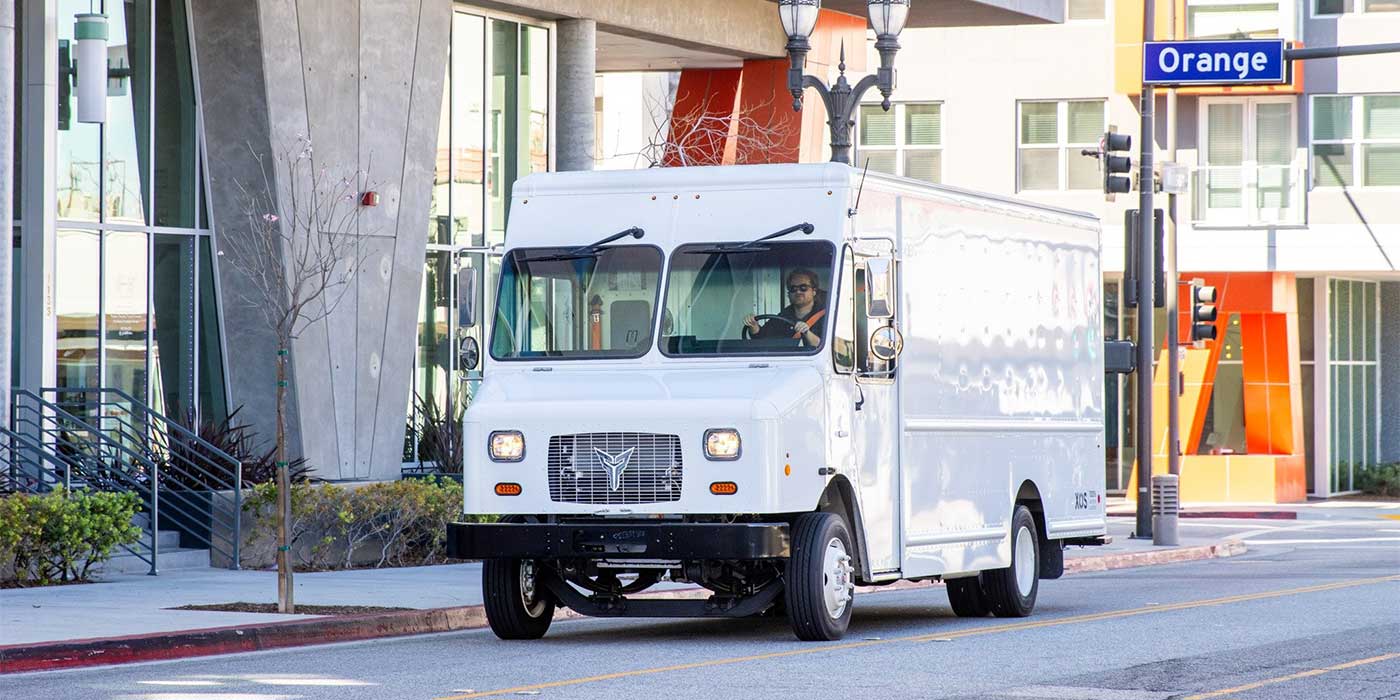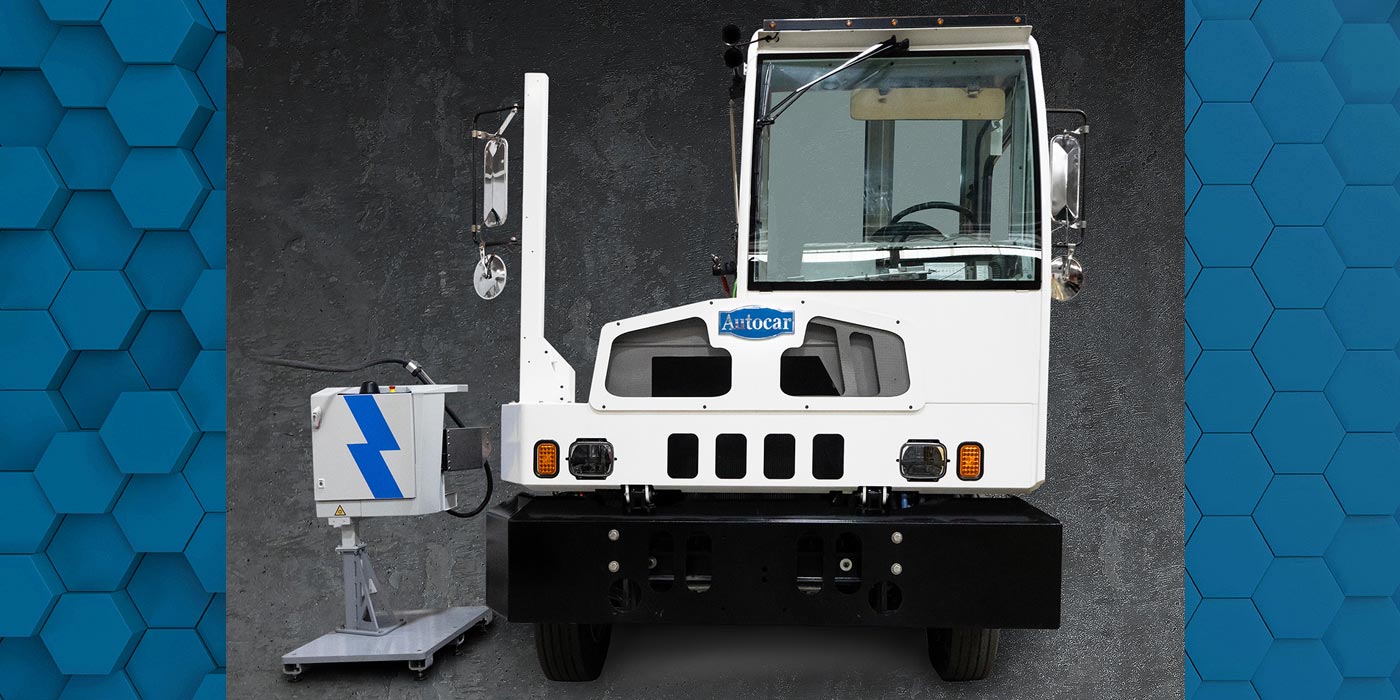
The North American Council for Freight Efficiency (NACFE) recently released a Guidance Report called “Amping Up: Charging Infrastructure for Electric Trucks.” It’s the third Guidance Report on future trucking equipment produced by the organization, which also regularly produces Confidence Reports on existing technology.
The report takes a look at the infrastructure needed for electrification, the specifics of charging and steps fleets will need to undertake to ensure they have a cost-effective charging strategy in place.
According to Mike Roeth, executive director of NACFE, the report found that making electric trucks a widespread reality will take a lot of collaboration, with not just the fleet, but utility companies, service shops, charging companies and construction firms all needing to be involved in getting the proper infrastructure into place.
Roeth draws parallels to a previously hyped “fuel of the future,” natural gas, as a way to learn as the industry moves forward with electrification.
Roeth notes that one early step is to “reach out to the utility very early. The utility is a key partner here.”
“There may be are some lessons learned in the natural gas deployments around how you purchase and install the equipment, work with local fire departments and local regulations, in building these charging stations,” he said.
He went through some of the questions fleets will need to ask: “Where do you locate the chargers? Do you put them along a fence? Do you put them at the docks? All that will depend on when and how you plan on charging the truck.”
Another point Roeth makes is that getting a spot for charging a truck is very different than making room for an electric car—these are massive vehicles, and he notes that it could create a real estate issue in some places to ensure space is available for these trucks to charge.
Keep in mind: not only do you have to carve out the physical space for a heavy-duty truck to sit and charge, but they will have to charge for long periods of time, so if you have multiple electric trucks, you will need multiple charging bays.
Another area of concern when it comes to electric vehicles, according to NACFE’s report, is grid capacity. The Guidance Report suggests that utilities may have to develop new demand-management and/or storage solutions. New tariff structures may also be necessary to encourage smart charging when electricity supply is available, clean and economical.
The report also offers a charging procurement roadmap, which Roeth describes as a good place to start if your fleet is considering buying electric trucks.
Roeth notes that one early step is to “reach out to the utility very early. The utility is a key partner here.”
Overall, when it comes to implementing an electrification infrastructure, Roeth says that “to those that talk about this as a ginormous challenge, we would say, ‘no, it’s not that hard,’ but on the other hand, those that are underestimating it, I would suggest that it will take time and effort.”






